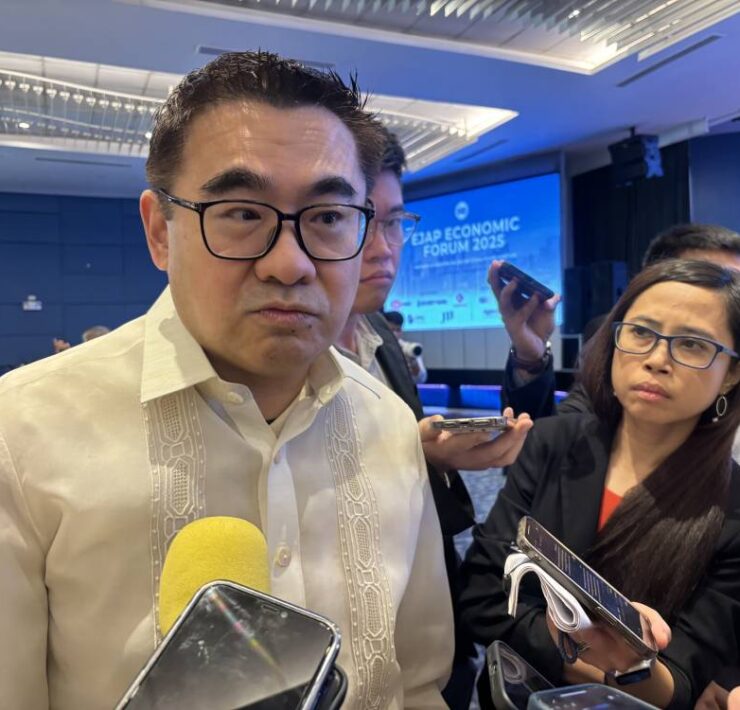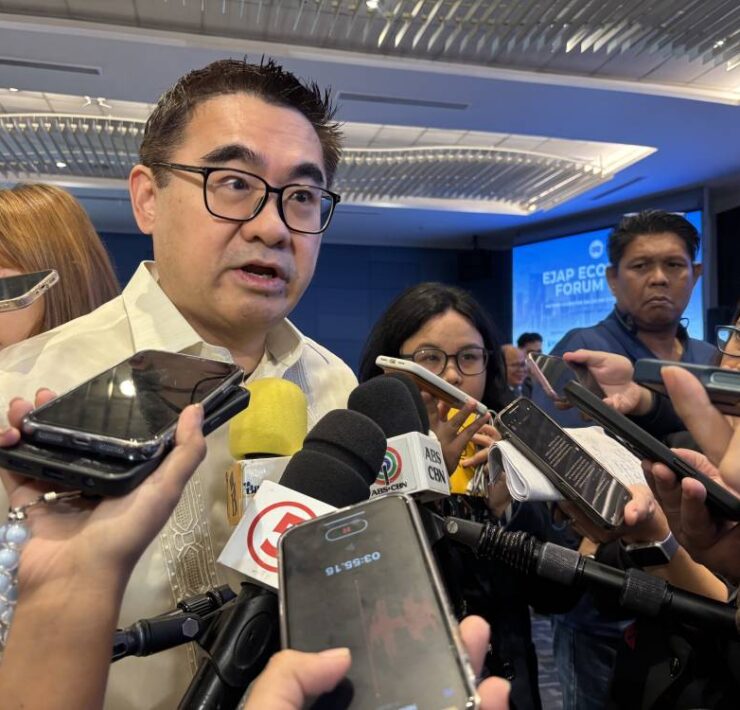PH growth downgrades mount as graft probe goes on

The Philippines’ lackluster third-quarter growth has prompted another wave of downgrades to this year’s outlook, as the gloom from a widening graft probe rattling businesses begins to spill over to consumers, dragging the overall sentiment lower.
S&P Global Ratings, in a note, said it expected the Philippine economy to expand by 4.8 percent this year, down from its earlier forecast of 5.6 percent. The global debt watcher also pared its 2026 projection, though only slightly, trimming it by 0.1 percentage point to 5.7 percent.
Explaining the adjustment, S&P said recent public protests tied to the ongoing investigation into anomalous public works had deterred capital inflows—a sign of how the scandal has weighed on investor confidence. The credit rating agency added that there are emerging indications that consumers are starting to feel the gloom as well.
“The third quarter growth was much lower than the pace that the Philippines usually grows at, which naturally pulls down our forecast for the year overall,” Vincent Conti, senior lead economist at S&P, said.
“Investment, especially by the public sector, has been the main driver of the slowdown. This has also been spilling over into consumer confidence,” he added.
After data showed the economy expanding just 4 percent in the third quarter—its slowest pace in over four years—President Marcos’s economic team acknowledged that reaching even the lower end of the government’s 5.5- to 6.5-percent growth target for the year had become increasingly difficult.
Figures showed state spending grew by 5.8 percent in the last quarter, the slowest pace since the same period in 2024, after a widening graft probe delayed infrastructure projects as authorities grew more cautious in awarding contracts.
Consumer spending, which historically drives about 70 percent of total output, also showed notable weakness. Despite tame inflation and lower borrowing costs that could have bolstered household purchasing power, private consumption grew only 4.1 percent, a four-year low.
Already, policymakers have suggested that the official targets need be adjusted to reflect the challenging economic realities created by the antigraft crackdown.
In a separate report following its annual consultation visit to the Philippines, the Asean+3 Macroeconomic Research Office (Amro) also tempered its growth outlook, saying the economy may expand by 5.2 percent this year—down from its earlier estimate of 5.6 percent.
Amro also trimmed its projection for 2026 to 5.3 percent, from 5.5 percent before, as the economy faces headwinds at home and abroad.
“Private consumption is expected to grow steadily. Private investment and exports face headwinds from external uncertainties due to the US tariff policy, while public investment will be dampened by flood control project controversies,” the institution said.
“Additionally, the US tariff impact on goods exports would be negative and more pronounced in 2026, while in 2025, it will be partly offset by front-loaded export orders,” it added.





















